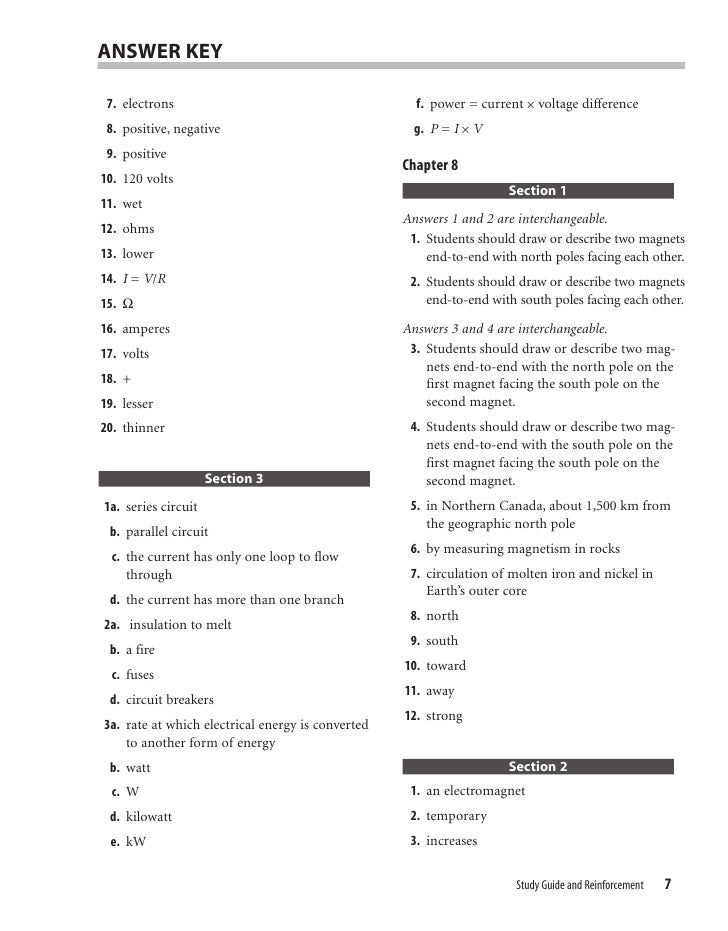Mcgraw Hill Biology Study Guide Answers Answers
Biology Guided Textbook Solutions from Chegg Chegg's step-by-step biology guided textbook solutions will help you learn and understand how to solve biology textbook problems and be better prepared for class. Stuck on a biology question that's not in your textbook? Chegg's biology experts can provide answers and solutions to virtually any biology problem, often in as little as 2 hours. Thousands of biology guided textbook solutions, and expert biology answers when you need them. That's the power of Chegg.
How Cells Divide Answers to Review Questions Chapter 11 (p. Beginning at the replication origin, replication enzymes move in both directions, making copies of each strand of circular DNA duplex.

Replication is completed when the enzymes meet on the far side. A nucleosome is a group of eight arginine/lysine histone polypeptides. DNA duplex wraps around the histone core of the nucleosome. Supercoiling is further coiling of the DNA/nucleosome string.
A karyotype is the particular array of chromosomes in an organism. Differentiation is accomplished by comparing length of arms, size, staining properties, and location of arm constrictions. Embryonic tissue cells spend most of their time in the S and M phases, while most mature tissues remain in G 0 most of the time. Chromosomes in the S phase are dispersed, and DNA is replicating. At the beginning of prophase, rRNA synthesis stops. Metaphase begins when chromosome pairs align along a central plane of the cell, the metaphase plate. Anaphase is characterized by movement of the chromatids to opposite poles.
Mcgraw-hill Biology Study Guide

The two microtubular movements are (1) sliding of adjacent pole to pole microtubules, which pushes poles apart as the cell elongates and (2) microtubules attached to centrioles shorten by actual loss of tubulin subunits pulling centromeres toward the organizing center at each pole. The spindle disassembles, the nuclear envelope reforms around a group of chromatids at each pole, chromatids begin to uncoil to permit gene expression, and rRNA begins to be synthesized, making the nucleolus reappear. In animals the cell pinches in two via a constricting belt of microfilaments around the cleavage furrow. In plants the cell wall prevents constriction, membrane components are assembled perpendicular to the orientation of the spindle apparatus, the cell plate grows outward to the edge of the cell, and cellulose is then laid down. Cell growth is controlled at the G 1 checkpoint, DNA replication is controlled at the G 2 checkpoint, and mitosis is controlled at the M checkpoint. CDK's and cyclins interact to trigger subsequent steps in the cell cycle if the conditions are right. 2002 McGraw-Hill Higher Education Any use is subject to the and.
Mcgraw Hill Biology Study Guide Answers
Is one of the many fine businesses of.